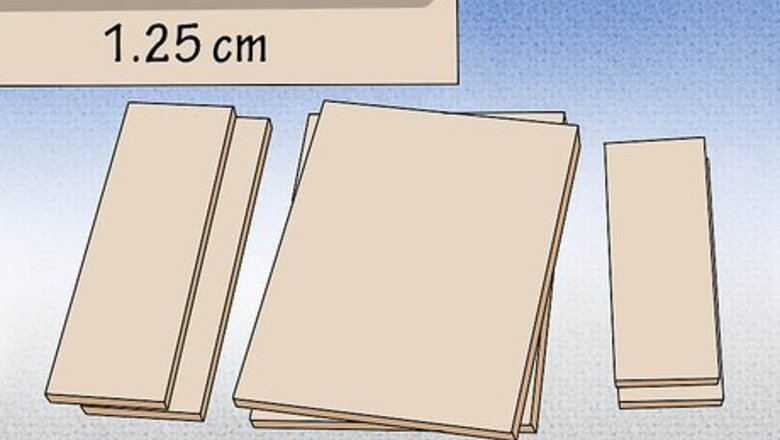
views
Build the Worm Bed Frame
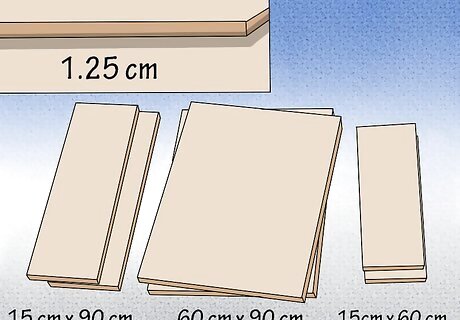
Purchase 6 pieces of 1/2" (1.25 cm) plywood cut to the following specifications: 2 24" x 36" (60 cm x 90 cm) pieces for the top and bottom of the worm bed 2 6" x 24" (15cm x 60 cm) pieces for the narrow sides of the worm bed 2 6" x 36" (15 cm x 90 cm) pieces for the long sides
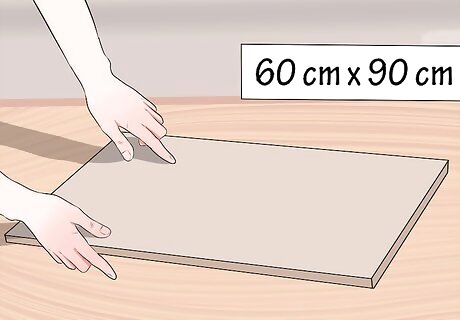
Stand 1 of the 24" x 36" (60 cm x 90 cm) boards up on a flat surface. The board should be resting on its longest side.
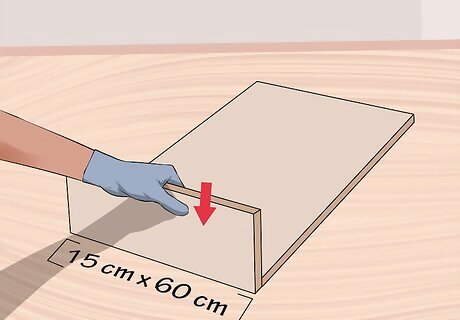
Press a 6" x 24" (15 cm x 60 cm) board against 1 side of the large board at a 90-degree angle. The 24" (60 cm) sides should be against each other.
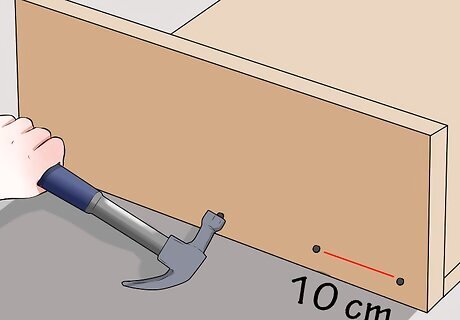
Hammer nails into the plywood to join the boards together. Space the nails approximately 4" (10 cm) apart. Make sure to keep the sides precisely aligned as you hammer.
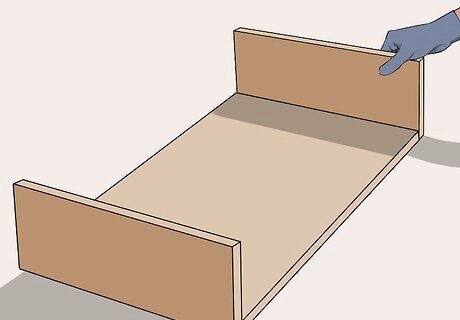
Position the other 6" x 24" (15 cm x 60 cm) board on the opposite side of the long board.
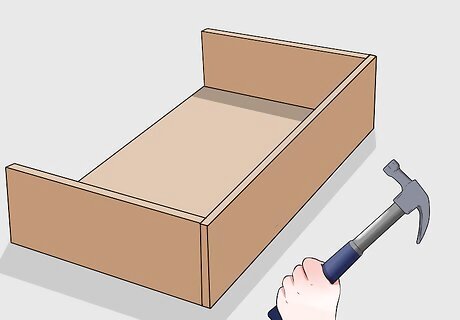
Hammer nails into the plywood to join the 2 boards. When you're finished, you will have created the bottom of your worm bed and its 2 narrow sides.
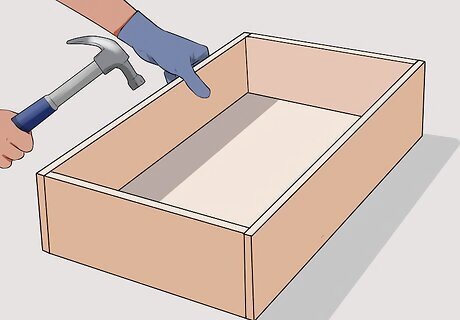
Attach the 6" x 36" (15 cm x 90 cm) boards to create the remaining sides of the box. When you are finished, you will have a lidless plywood box frame for your worm bed.
Line the Frame
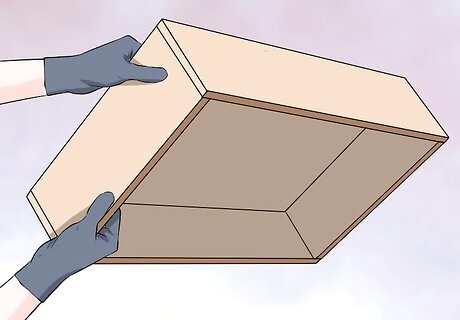
Turn the box upside-down. The 24" x 36" (60 cm by 90 cm) board should be on top.
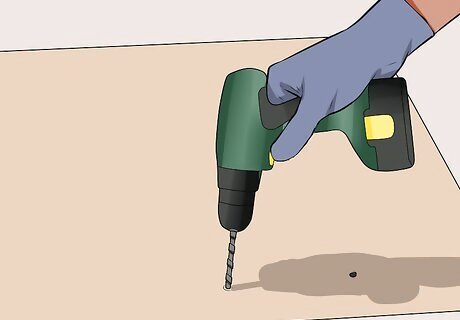
Drill at least 10 holes into the 24" x 36" board.
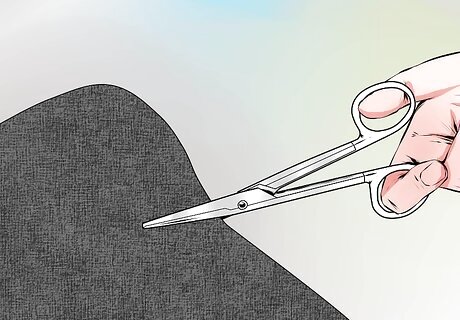
Cut a piece of black mesh fabric to cover the inside of the bottom board.
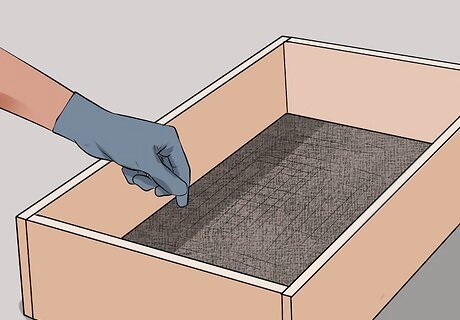
Turn the box right-side up again. Cut a piece of black mesh fabric to cover the inside of the bottom board.
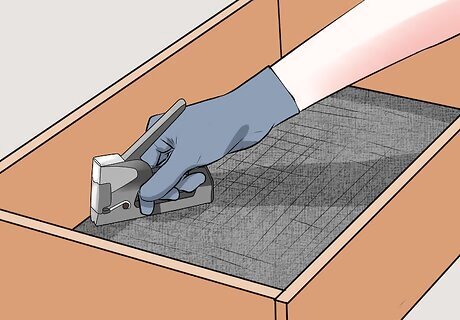
Place the mesh fabric inside against the bottom board. Staple the fabric to the board by stapling along the perimeter of the fabric. The fabric will prevent the worms from leaving the box while still allowing them to breathe.
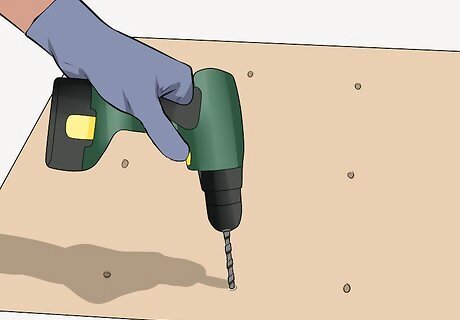
Drill at least 10 holes into the remaining 24" x 36" (60 cm by 90 cm) board. Cover the top of the board with black mesh fabric, and staple the fabric into place. This board is the lid for your worm bed, and you can set it aside for the moment.
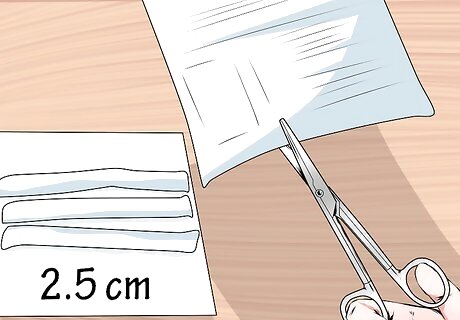
Cut or tear newspaper into 1" (2.5 cm) strips for the worm bedding. Avoid using glossy magazine paper, which is toxic to worms.
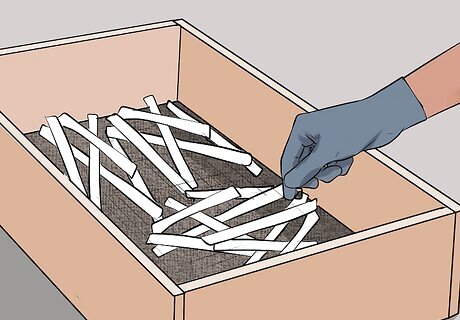
Place the torn newsprint into the worm bed box. Spray the bedding with water so that it is damp but not dripping wet. Ideally, the worm bin bedding should be at about 80% moisture.
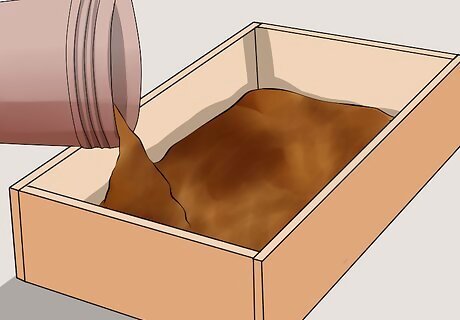
Add some dirt and peat moss so that the worms can burrow and dig.
Add the Worms
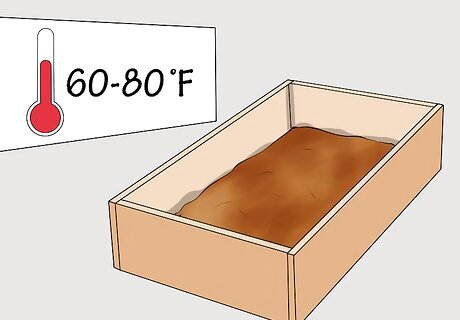
Place the worm bed in a dark area that is between 60 to 80 degrees Fahrenheit (15 C to 27 C). Your worms can tolerate temperatures as low as 40 degrees Fahrenheit (4 C) and as high as 90 degrees Fahrenheit (32 C).
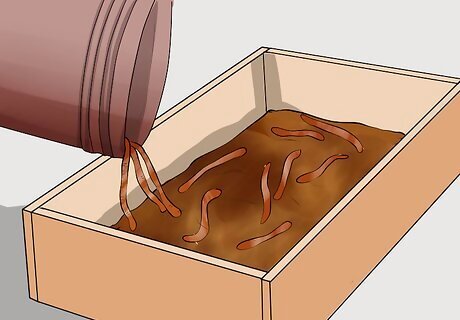
Add about 2 pounds (0.9 kg) of red wiggler worms to the top of the worm bed.
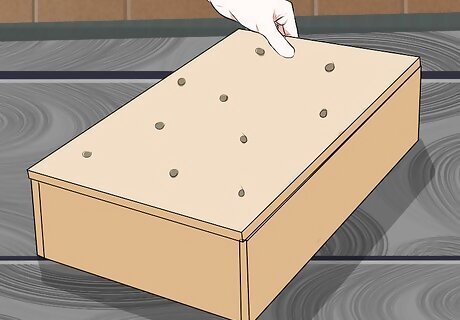
Place the fabric-lined lid on top of the box to block out the light and to keep the worms in their bed. The lid will also keep birds and other natural predators out of the worm bed.
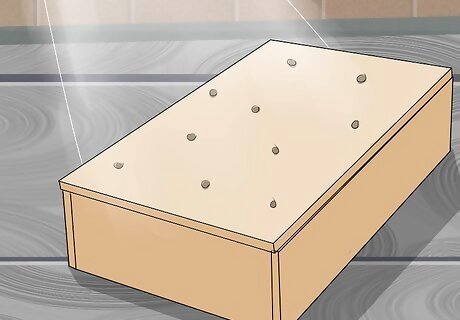
Turn a light on near your worm bed. Red wigglers dislike light, and the light will train them to stay in the dark bin.
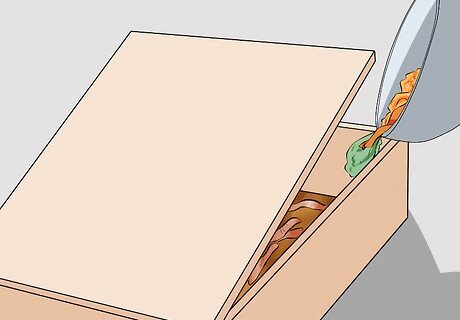
Feed the worms with scraps from your kitchen. Two pounds (0.9 kg) of worms will eat about 1 pound (0.45 kg) of scraps daily.
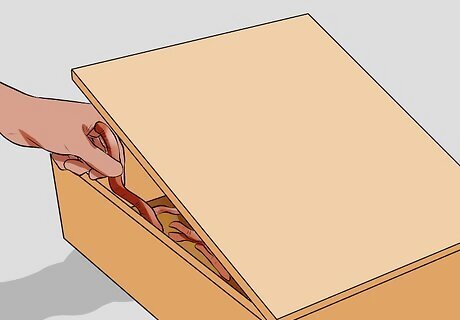
Pick larger worms out of the worm bed every couple of months. Doing this will control the size of the worm population. You can use your worms as fishing bait, if you wish.












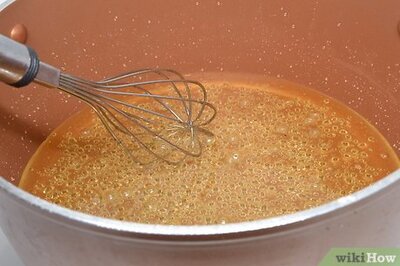






Comments
0 comment